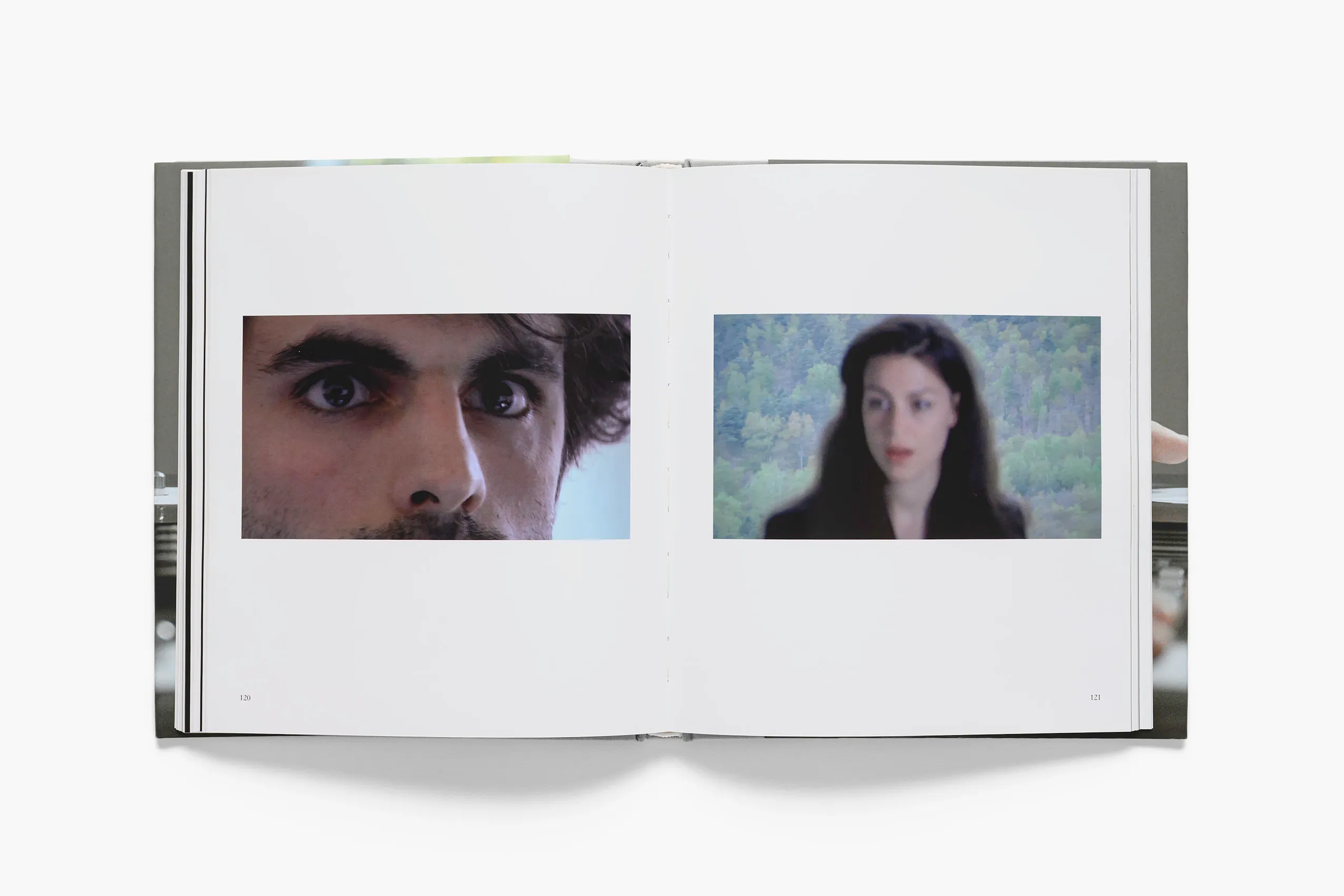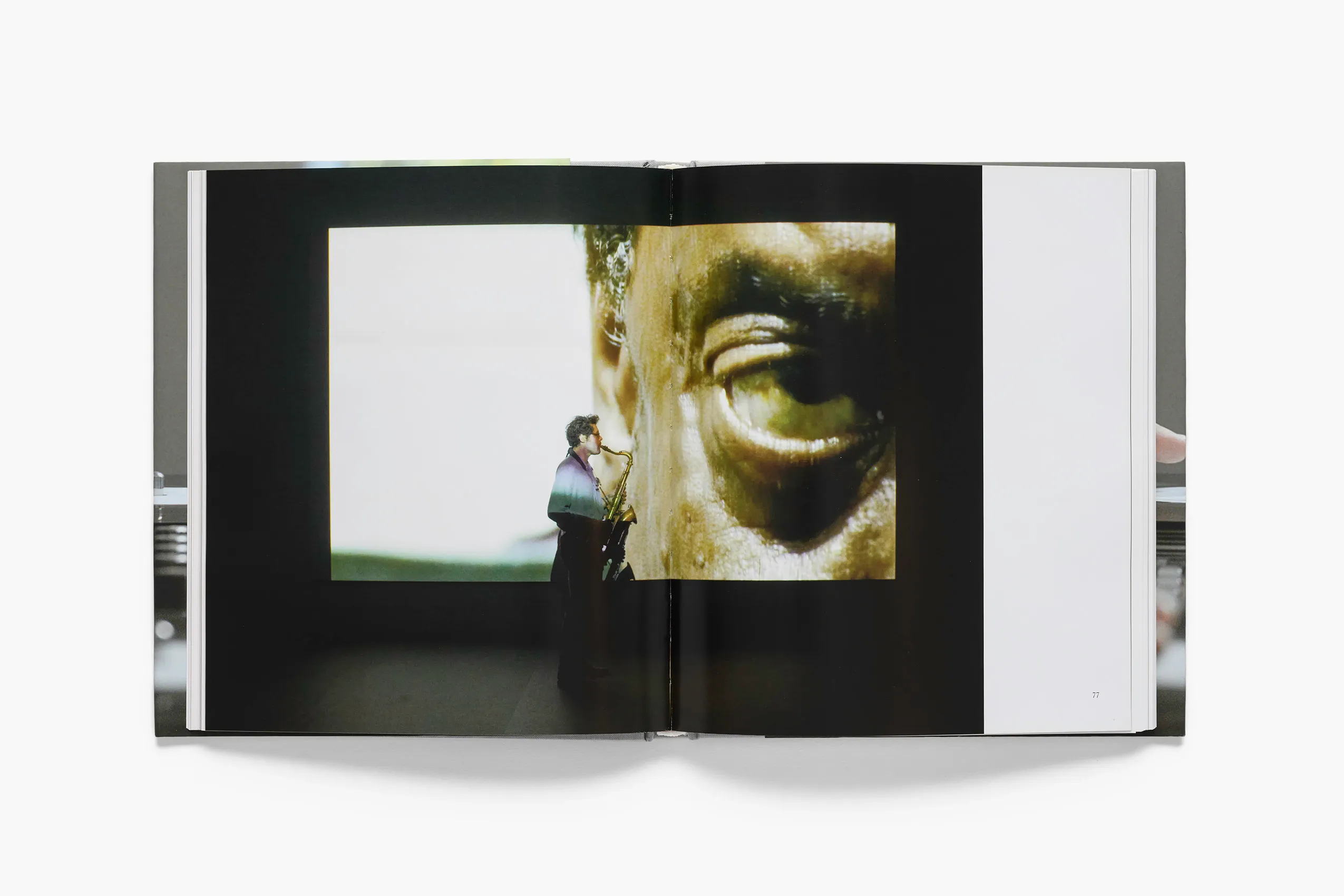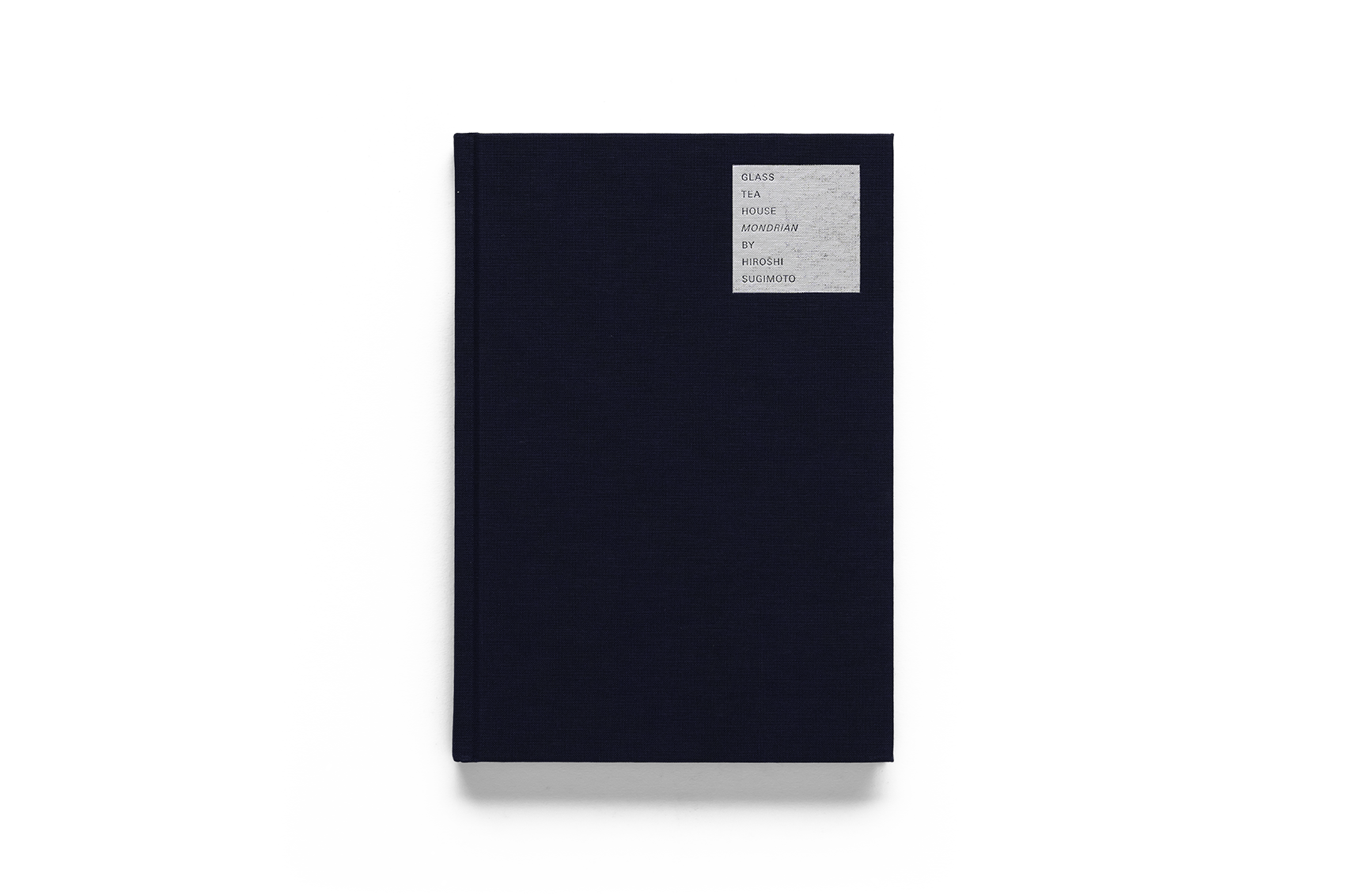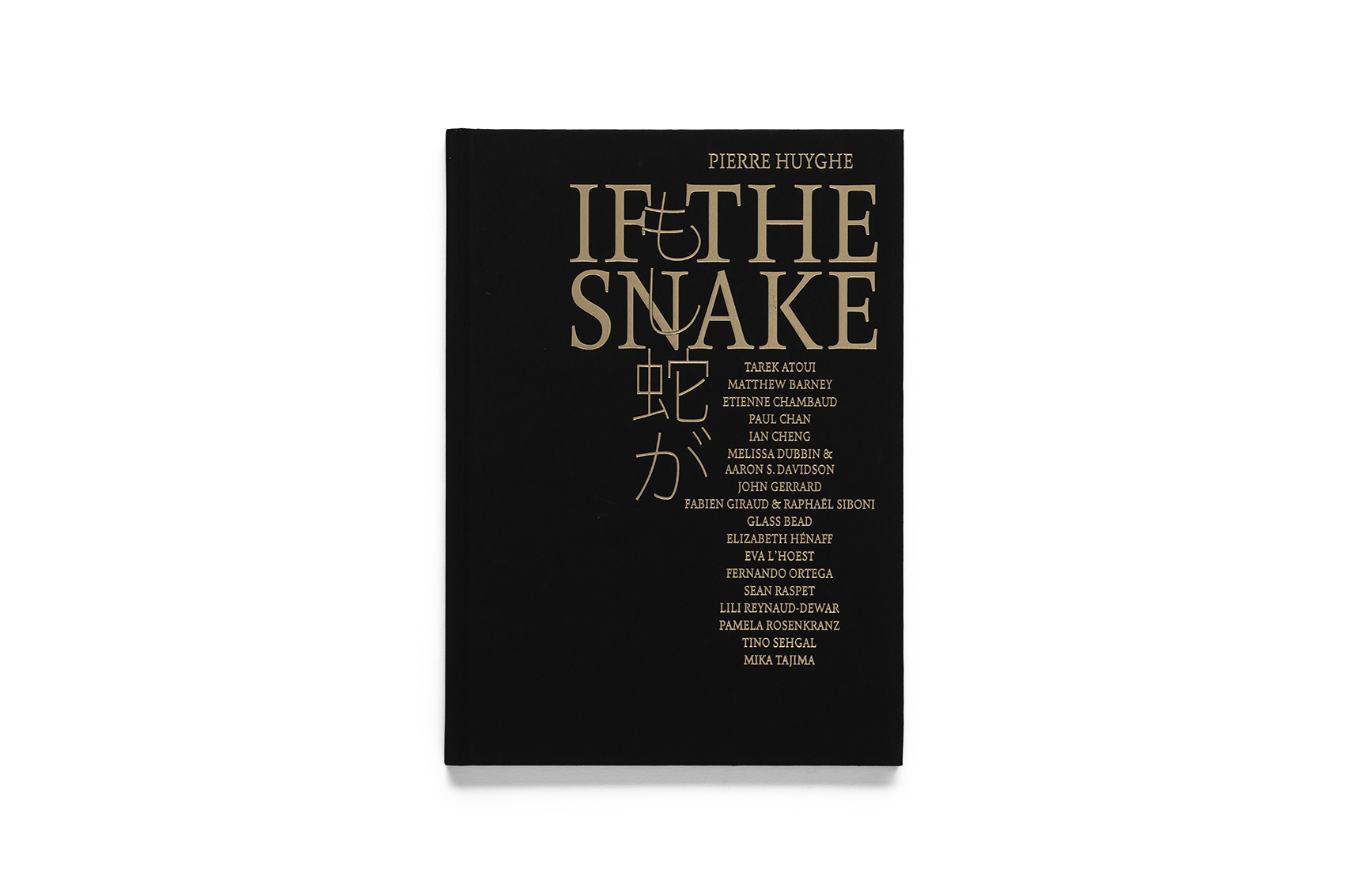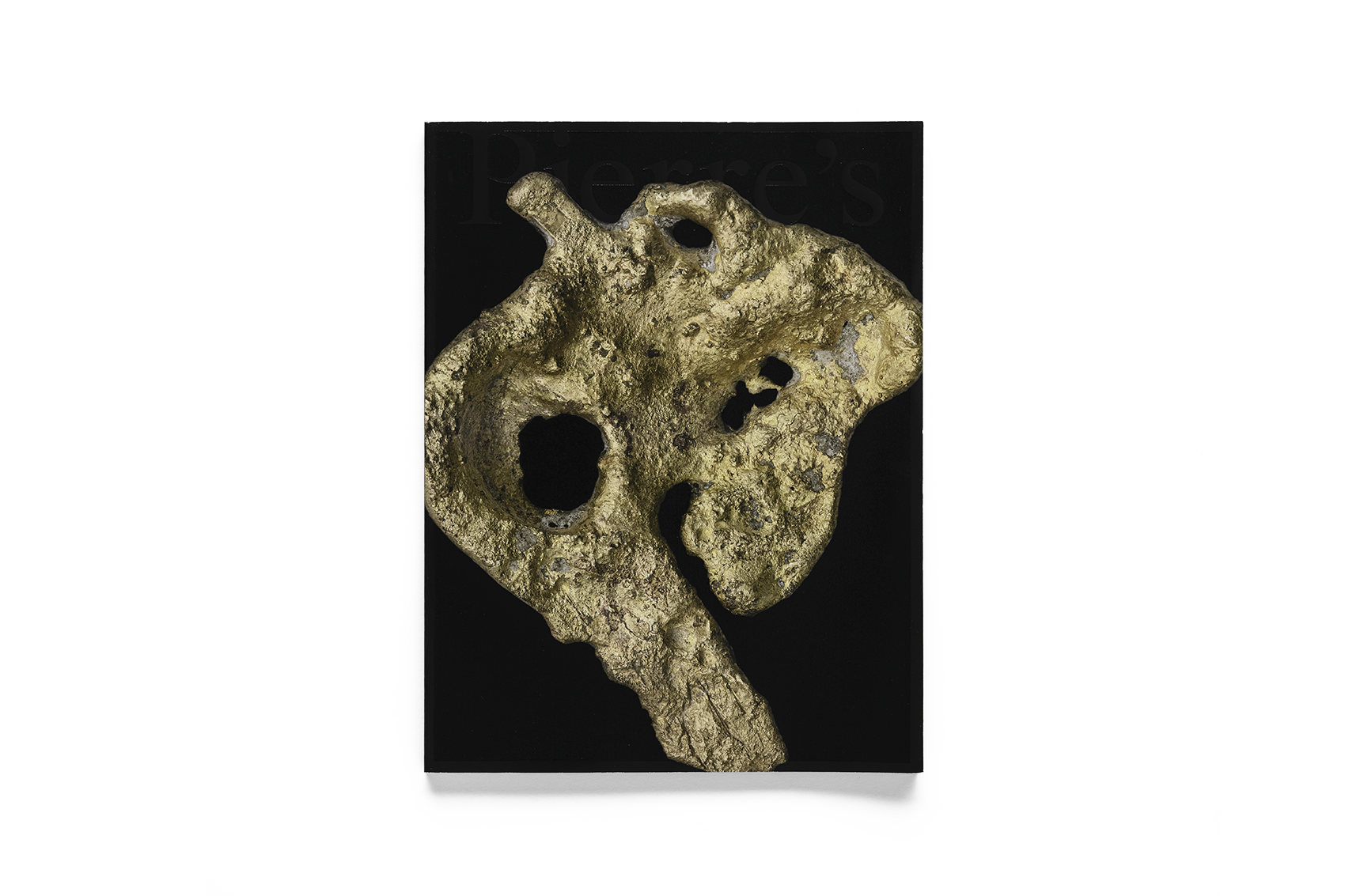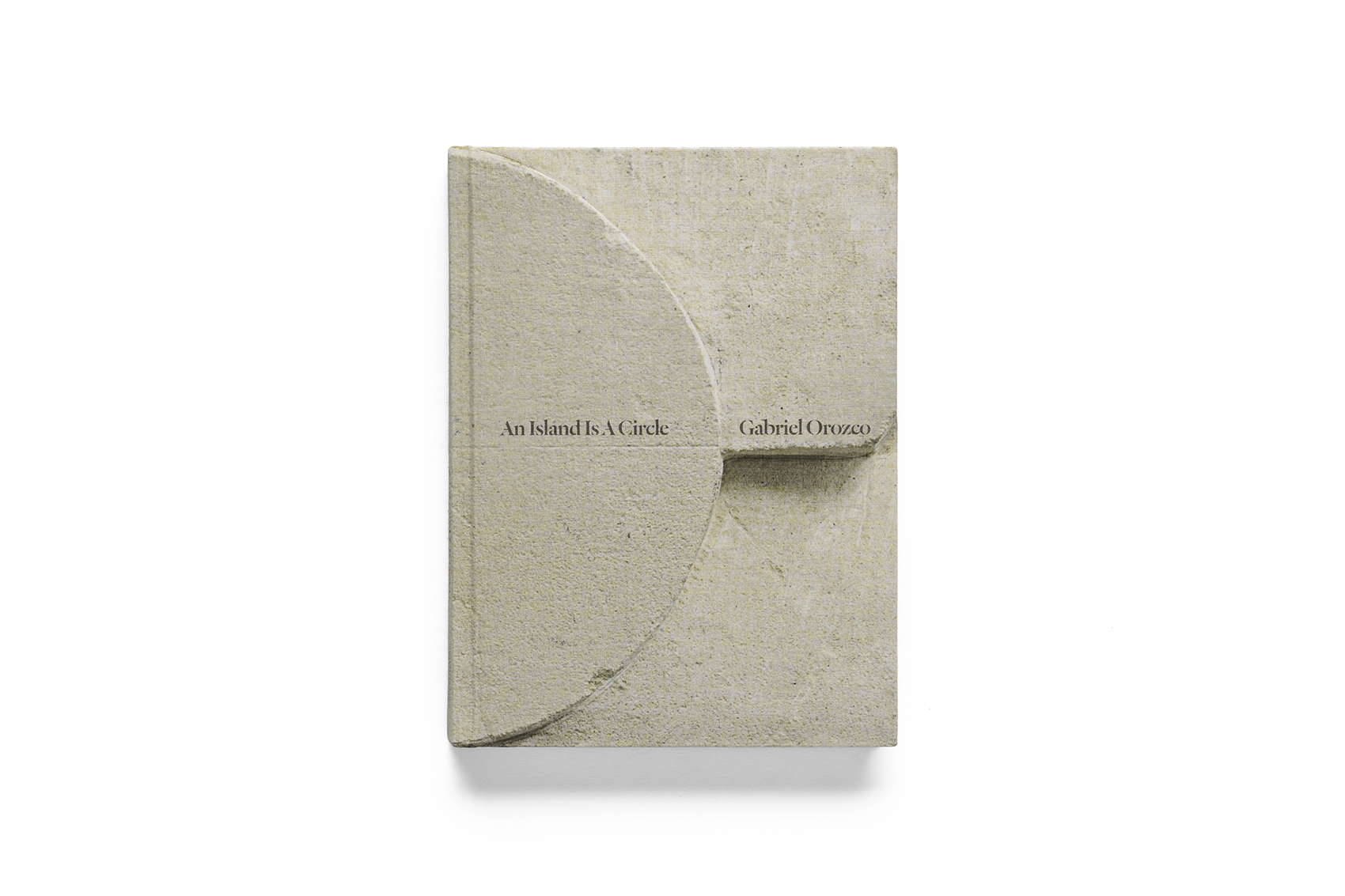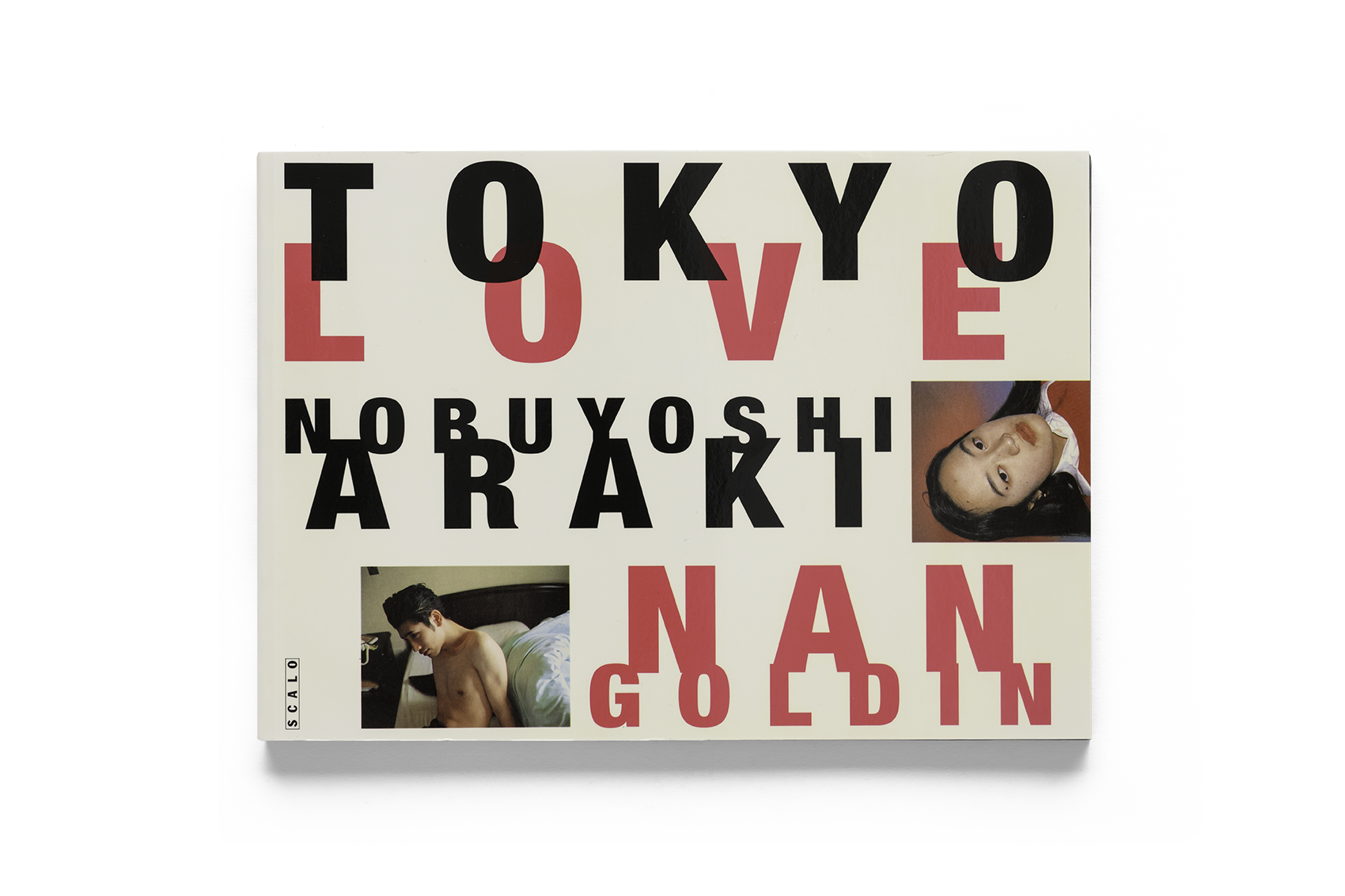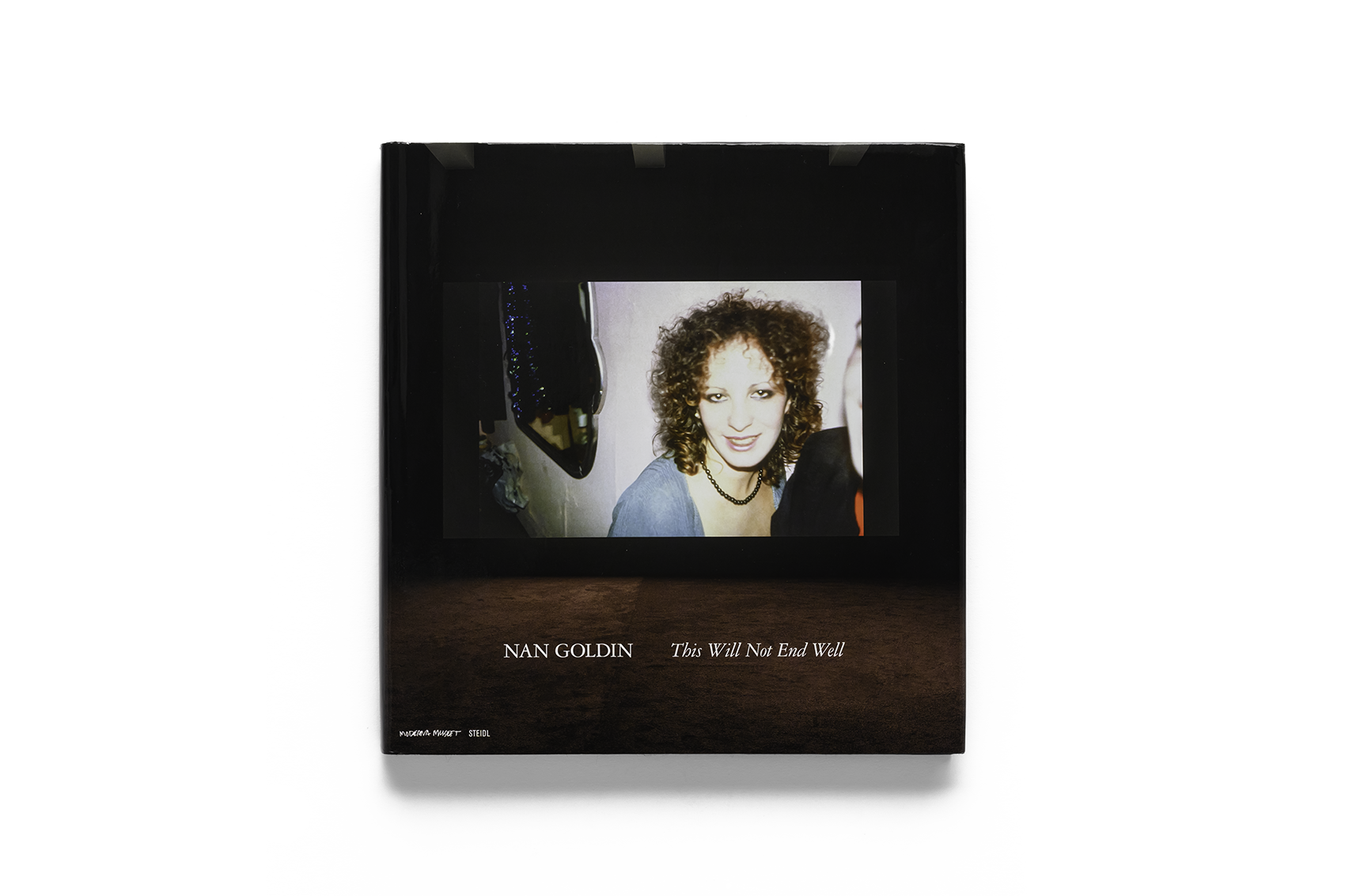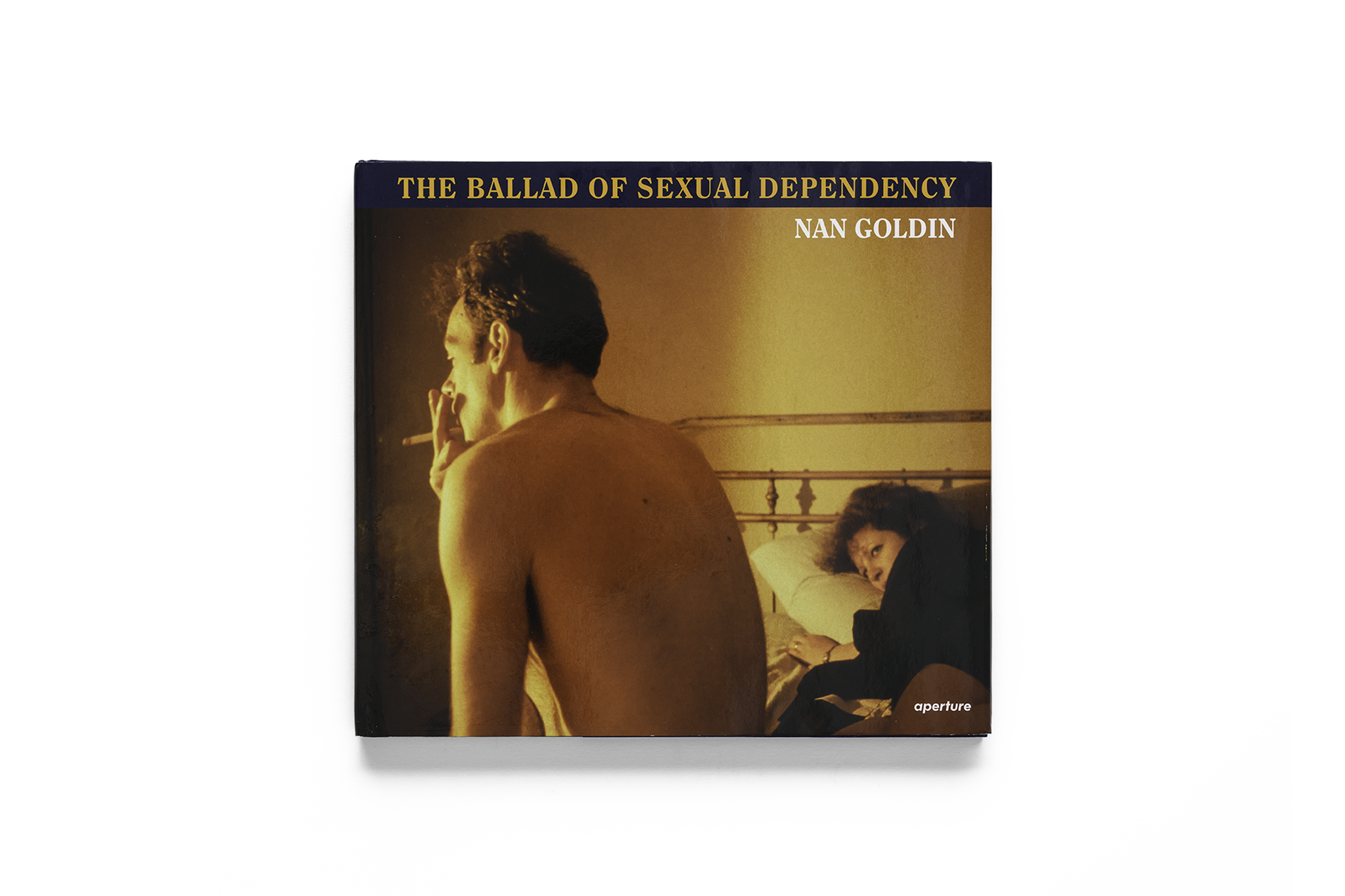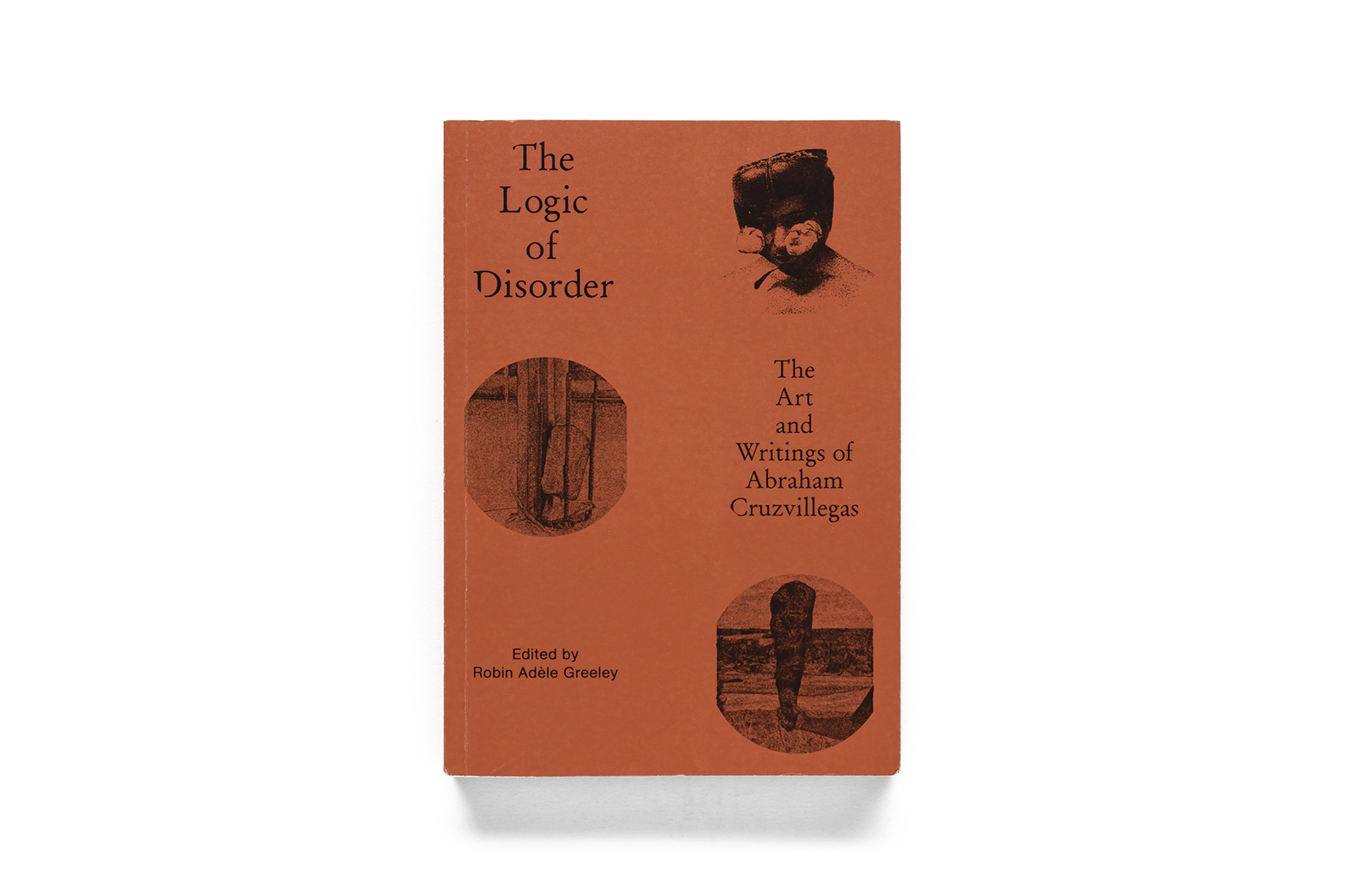
Phaidon Press, 2016
Anri Sala: Answer Me

Phaidon Press, 2016
In 2016, the New Museum in New York held Anri Sala’s solo exhibition Answer Me, which was at the time the artist’s most comprehensive presentation in the United States. This book fully documents the works shown in that exhibition. In his early practice, Sala employed documentary strategies to examine life in his homeland of Albania under communism; since the 2000s, his works have explored the psychological impact of auditory experiences. Sala often depicts fragments of what appear to be everyday life, and through the narratives of image and music, conveys observations and outlines of society.
The 2008 work Answer Me used the acoustic properties of a dome building constructed by the U.S. National Security Agency in West Berlin during the Cold War to stage the breakdown of a romantic relationship. A woman repeatedly says “Answer me,” yet fails to move the man playing drums, suggesting an impossible dialogue while also expressing the deterioration of hostility in the relationship, and the rupture of space and time. The video work Long Sorrow depicts an African American jazz saxophonist improvising outside the window of a high-rise building on the outskirts of Berlin; as the tension of the music builds, the scene concludes with an image of a plane seemingly about to crash into the building, a metaphor for the state of society. For this exhibition, Sala also specially arranged for the saxophonist to perform live in the gallery, intertwining and dislocating time and space between the performance and the work.
Among the works, Ravel Ravel Unravel was shown in the United States for the first time. Originally presented in 2013 as Sala’s project for the French Pavilion at the Venice Biennale, the work consists of Ravel Ravel and Unravel. Ravel Ravel features two different pianists interpreting Ravel’s Piano Concerto for the Left Hand, their performances overlapping and diverging to weave together explorations of historical memory and the present moment. Unravel involves a DJ attempting to reconcile the two versions of the concerto. The repetition and resonance of sound in Sala’s work enrich and sustain a dialogue across the exhibition and with history itself.
